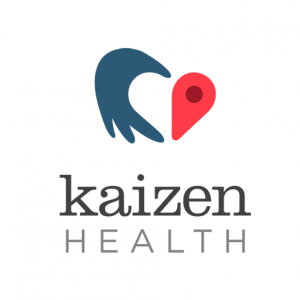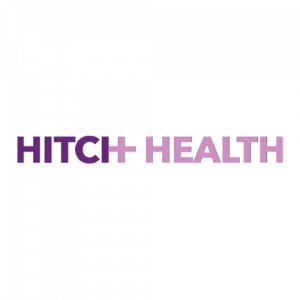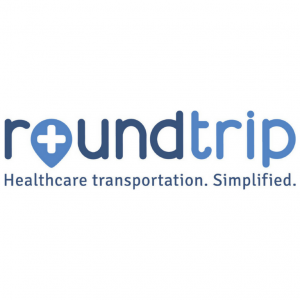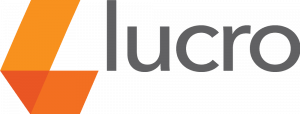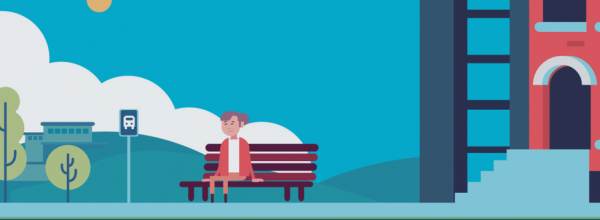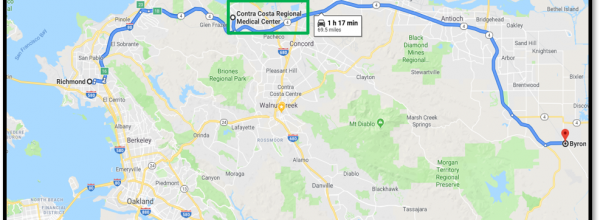As part of the current cycle of the Technology Hub program, we interviewed our twelve Hub organizations to understand their current priority areas for procuring technology solutions.
Non-Emergency Medical Transportation (NEMT) is one area our Hubs identified as a current priority. We designed and conducted a landscape analysis using the the Lucro platform to find solutions suited to the unique needs of Federally Qualified Health Centers (FQHCs) and underserved patients.
Table of Contents: Context and Scope | Solutions Matrix | Approach
Context and Scope
Many Medicaid beneficiaries cite transport as a major barrier to accessing care due to cost, lack of transport options, and/or geographic isolation (1). Non-Emergency Medical Transportation, broadly defined by CMS as patient transportation to Medicaid-eligible medical services (2), has long been a required benefit of the Medicaid program. Nationally, Medicaid-subsidized patient transportation has grown into a $3 billion+ industry, connecting patients to more than 100 million visits per year. Past studies comparing state Medicaid programs that do offer the NEMT benefit – especially for chronic and preventative care – with those programs that do not have demonstrated overall cost savings with the program. (3)
Administration of the NEMT benefit varies state to state. In California (where our Hubs are based), the California Department of Health Care Services (DHCS) distinguishes between and requires coverage around two transport modalities: Non-Emergency Medical Transportation and Non-Medical Transportation.
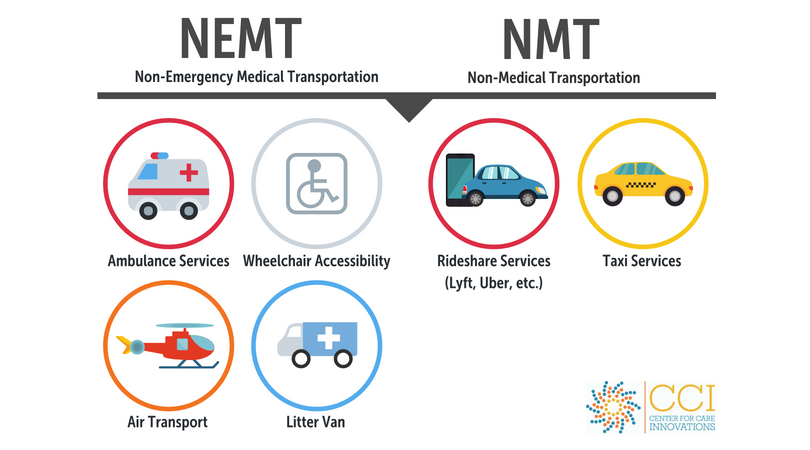
Non-Emergency Medical Transport (NEMT) includes more “traditional” specialized medical transport. NEMT transport modes (such as ambulances, litter vans, or wheelchair vans) can be called in cases when a patient’s “medical and physical condition is such that transport by ordinary means of public or private conveyance” may be harmful to the patient’s health.
Non-Medical Transport (NMT) is all other transportation to all covered Medi-Cal services (as of October 2017). Transport modes typically include taxis or rideshare services.
Our landscape focused on solutions that aggregate and connect to NEMT or NMT brokers. Most of the solutions reviewed do not directly hire & contract drivers. Instead, these solutions contract with and build networks of NMT and NEMT transportation providers and offer a software interface for healthcare providers to order transport their care workflows/EHRs.
Landscape Guiding Questions
We focused our solutions research on the following questions:
- How well do the features offered or planned align with needs expressed by our Technology Hub cohort?
- How well does this solution fit in a safety net world? Has the solution been tested with safety net clients? Does the vendor understand the FQHC patient population and payment structures?
- Successful patient care delivery in the safety net depends on collaboration and open communication. How open was the vendor in sharing details or providing a timeline for when certain details can be discussed?
Additionally, we’d like to stress CCI’s purpose and position in publishing this landscape:
![]() What this Comparative Landscape is: a starting reference for our Technology Hubs to begin their vetting and evaluation of NEMT solutions, scoped to the user needs/circumstances of providers operating in safety net primary care settings
What this Comparative Landscape is: a starting reference for our Technology Hubs to begin their vetting and evaluation of NEMT solutions, scoped to the user needs/circumstances of providers operating in safety net primary care settings
![]() What this Comparative Landscape is not: a selection tool, an endorsement/purchasing recommendation.
What this Comparative Landscape is not: a selection tool, an endorsement/purchasing recommendation.


